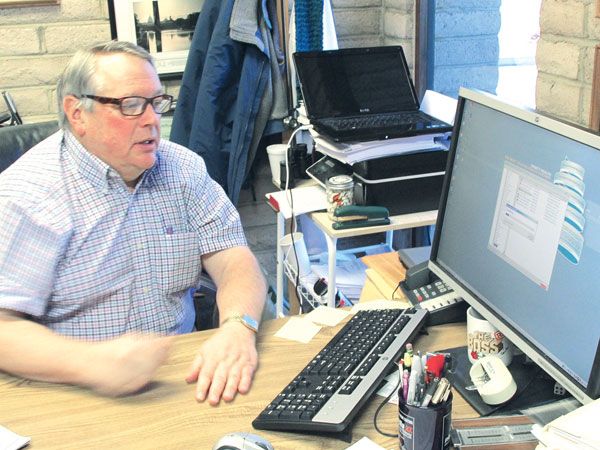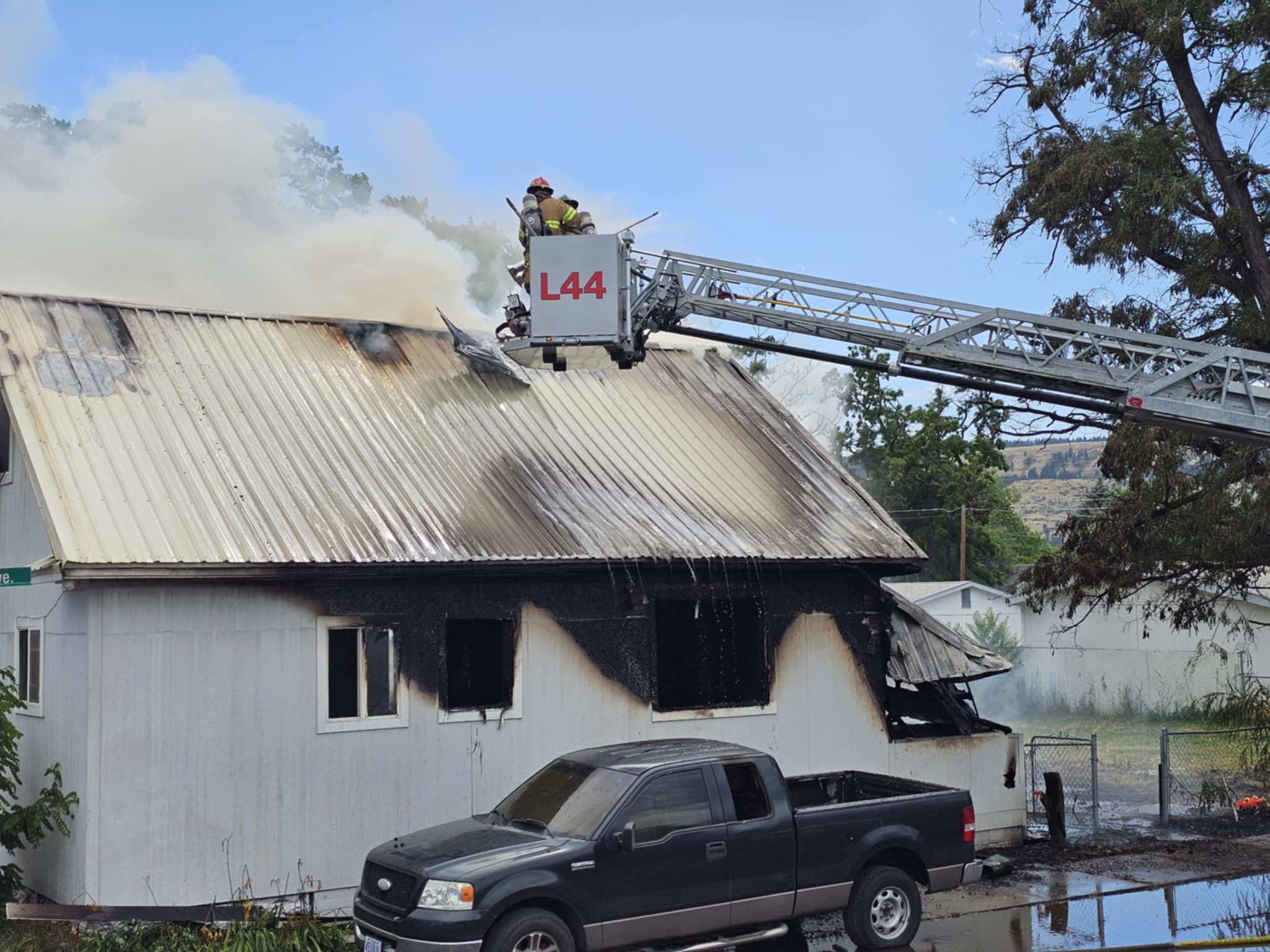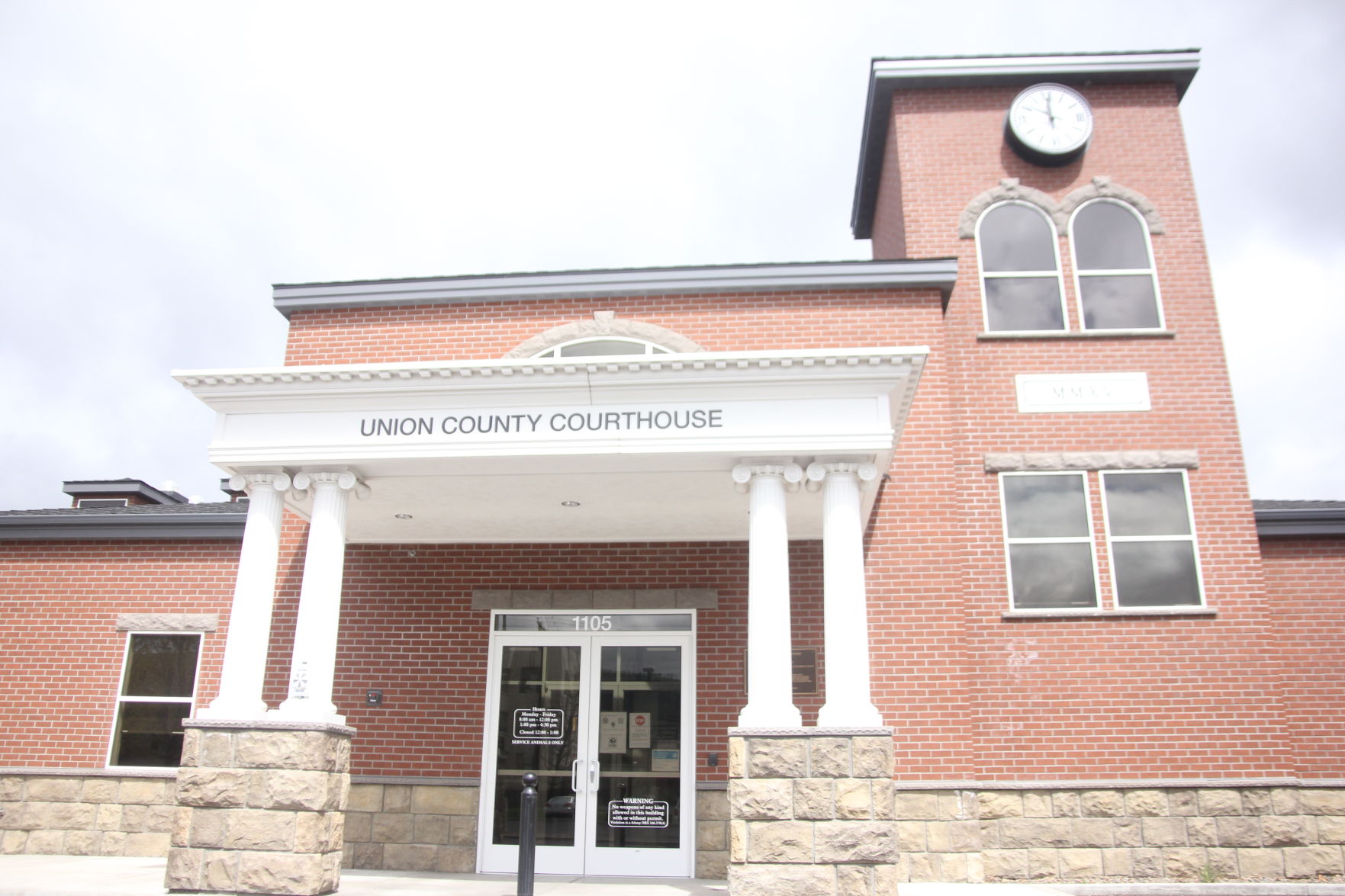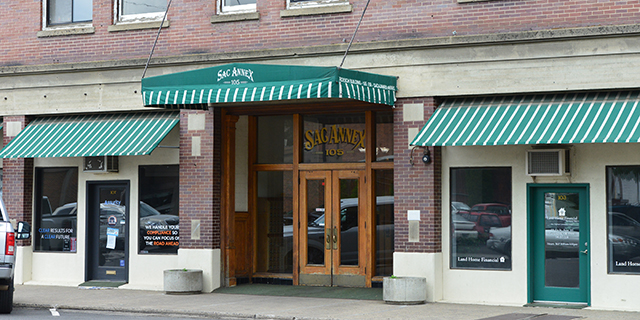Keeping a record
Published 8:35 am Friday, December 6, 2013

- Dr. Charles Hofmann of St. Alphonsus Medical Group in Baker City said the change to electronic medical records means he spends more time in front of his computer monitor. (MARK BOGART/WesCom News Service)
Medical clinics, Baker City hospital enter the digital age with medical records
Most of Baker County’s medical practitioners and the local hospital have entered the digital age in maintaining medical records. Instead of using paper charts, they record and store patient information using laptop computers and remote digital servers.
That gives the potential to store, share and work with information in new ways. But there are challenges and considerable frustration with the new systems. The ultimate question is, “How will electronic medical records impact patient care?”
One of the chief selling points of EMRs, also known as electronic health records or EHRs, is fast and efficient sharing of information between medical providers. A specialist in Boise can review a Baker City patient’s chart instantly without waiting for pages to be sent or faxed. The local doctor can then see the specialist’s conclusions just as quickly.
However, there is a problem. The St. Alphonsus clinic software, called NextGen, and St. Luke’s Epic software cannot communicate with each other. Also, the hospital, St. Alphonsus Medical Center, has a third program called PowerChart. Dr. Chuck Hofmann at St. Alphonsus Valley Clinic said there is an interface that will help the two St. Alphonsus systems share with each other, but most information has to be printed out and re-entered when his patients go to the hospital.
The emergency room provides a clear example of the impact of this “communication gap.” The (emergency room) doctor cannot access a patient’s chart to check medications, allergies or health conditions, causing delays and possible risks.
In daily operations, separate software means the potential speed and efficiency of digital records are lost, as clinics must send information physically to the hospital so the staff there can manually input it into the PowerChart records. Data collected at the hospital must then be sent back to the clinics to be entered into patients’ records there.
Using the software within a clinic has varying degrees of efficiency as well. Dr. Hofmann says, “I feel like I’m there,” in using the new technology, but adds that electronic charting is time consuming.
For example, he explained that it takes 20 clicks of the computer’s mouse to get through the steps of making a referral to a specialist. Then a paper referral or a secure message must be sent to the specialist, he explained.
Hofmann used paper charting throughout his career until this year, after his clinic was bought by St. Alphonsus.
In general, younger providers with more experience using EMRs have an advantage. Dr. Bill Irvine at St. Luke’s EOMA clinic feels like he actually works more efficiently than before with the new system. Irvine, however, grew up during the “computer age” and used EMRs prior to his clinic’s recent switch to Epic software.
Learning to use the software has required hours of training tailored for different job functions.
In general, the medical staff received one type of training and the clerical staff another. But because services have to be connected to coding for billing, some elements overlapped.
Trainers from Boise came to Baker City prior to the implementation of the new systems. To allow staff time for training, the clinics had to temporarily reduce productivity by scheduling fewer patients, Irvine explained. In addition, extra staff time was required for entering existing information into the new systems. Irvine said he was pleased overall when Epic “went live,” although there were still issues to be worked out.
Many potential benefits of electronic medical records are seen by medical providers, but opinions about their current use varies. All seem to agree, however, that EMRs are here to stay.








